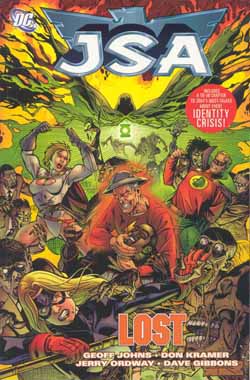 Â
Â
By Geoff Johns & various (DC Comics)
ISBN 1-84576-192-8
By the time of this collection of stories from the monthly comic featuring the Justice Society of America (issues #59-67) there have been six and a half years of continuous publication, including attendant Specials, miniseries, annuals and general cross-overage with the rest of the DC universe, plus whatever communal backstory the creators have chosen to access in their desperate strivings to bang out the next issue in the modern cut-throat comics marketplace. The advent of the trade paperback collection has given the periodical comic story another bite of the cherry, much as the rise of DVD sales has to cinema studios, but it’s still a tenuous existence for funnybook writers everywhere.
So this book is the result of one of those semi-regular clear-ups when a title attempts to pull together all the disparate strands that have sweetened the narrative pot in the never-ending struggle to keep the readers attention. The “Previously in JSA…†section is three dense pages of very small print. The stories themselves though, are a pleasant change of pace from recent efforts as they, by necessity, focus on the characters themselves rather than the ever-imminent destruction of the country, the planet and the universe.
Over the course of the series various characters have been lost to the vicissitudes of super-heroing and these stories concern the rescuing of some and the re-defining of others. First up is a tale which resolves a long-running grey area in the team’s morale. Stargirl is a fourteen year old girl and she’s been spending entirely too much time with the thirty-something Captain Marvel. Members are beginning to get a little worried. What they don’t know of course, is that the good Captain is also only a feeble teenager, albeit one who magically transforms into the hunky adult crime fighter. Geoff Johns writes and Sean Phillips illustrates a tale that really can’t have that happy an ever after.
A good old superhero punch up is the motivator of ‘Redemption Lost’ as a villain escapes from Hell, reanimating the dead in one last attempt to destroy the JSA. Credits are due to Johns as usual, with Don Kramer, Tom Mandrake and Keith Champagne making the pictures. ‘Insomnia’ clears up plot threads left hanging since the early days of the title and even as far back as the 1980s and 1990s as it attempts to reshuffle continuity regarding the various Sandmans (Sandmen?) as well as the amazonian Fury and the most recent incarnation of the magician-hero Dr. Fate, compliments of Jerry Ordway, Wayne Faucher and Prentis Rollins, over a jam-packed Johns script. ‘Out of Time’ features the final-ish fate of the three people who have been Hourman, and resolves a long, (long, long, long) storyline featuring the inevitable death of one of them at the end of Time, courtesy of artists Kramer and Champagne.
The volume concludes with a tie-in chapter of the braided mega-event Identity Crisis which impacted upon the entire DC continuity. If you followed the tale you know it all begins with the murder of a super-hero’s wife and consequently rewrote the ethical viewpoint of the superhuman community. If you didn’t I’m sure you couldn’t care less, but should at least be informed that this chapter features the JSA science types Mr. Terrific and Doctor Mid-Nite performing ‘The Autopsy’. Geoff Johns writes and Superstar Dave Gibbons draws with finishes by James Hodgkins.
I suppose any attempt to rationalise or simplify continuities is ultimately foredoomed (and yes, that is a shot at Marvel’s Ultimates line and publishing strategy), since once you are two or three graphic volumes into a new run the problems you’re attempting to address start accruing all over again. Even so, writers don’t just make this stuff up. There is planning and there is editorial consultation.
Maybe if creators and publishers acknowledge that the eventual destination of all their labours is a honking great book (as the Europeans do with their Bande Dessineé) in a bookshop or library rather than the airtight caress of a mylar snug in a bank vault or the back-issue bin in the four-colour ghettoes we comic fans build for ourselves, the proper considerations can be incorporated to make graphic novels a more inviting prospect for the casual reader. If not, we can expect to have the current comics publishing phenomenon end as just another closed book for the rest of the world.
© 2004, 2005 DC Comics. All Rights Reserved.

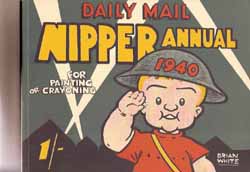 Â
 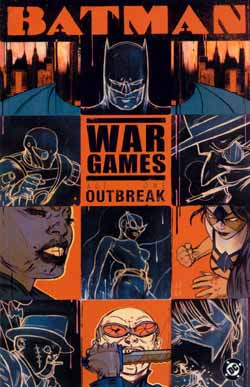 Â
 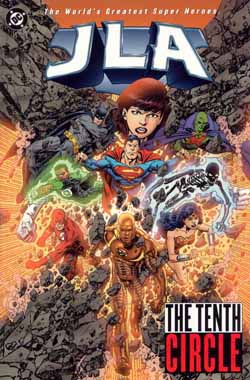 Â
 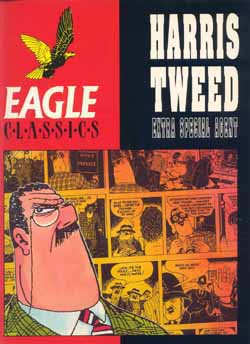 Â
 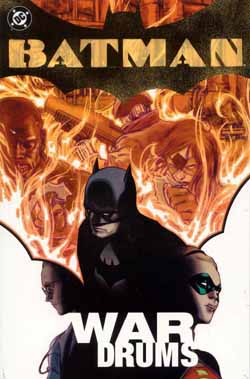 Â
 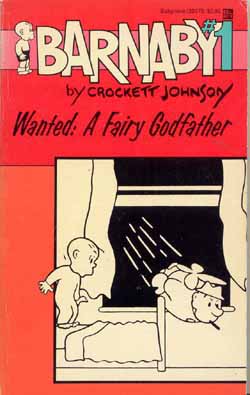 Â
 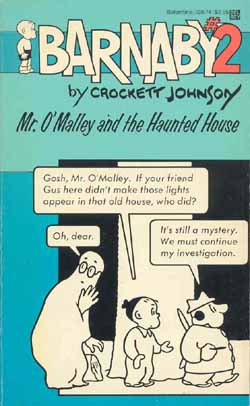
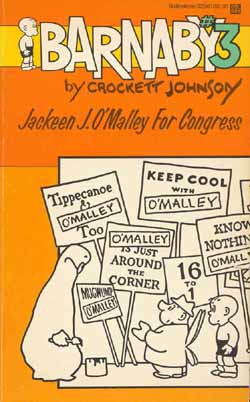
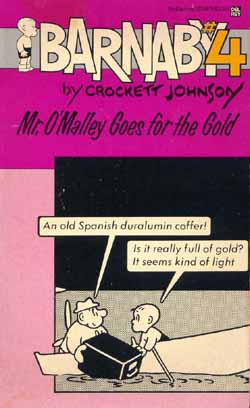
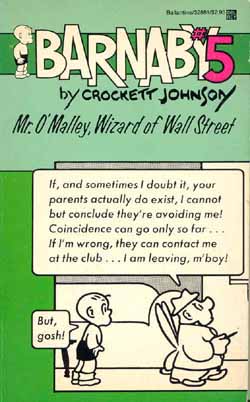
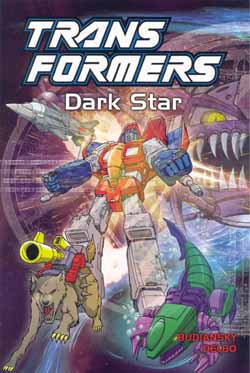 Â
 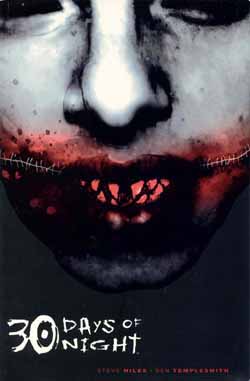 Â
 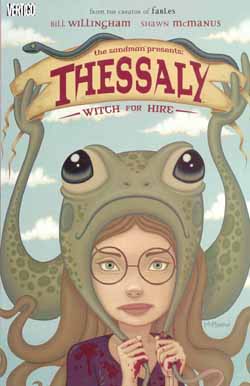 Â
Â